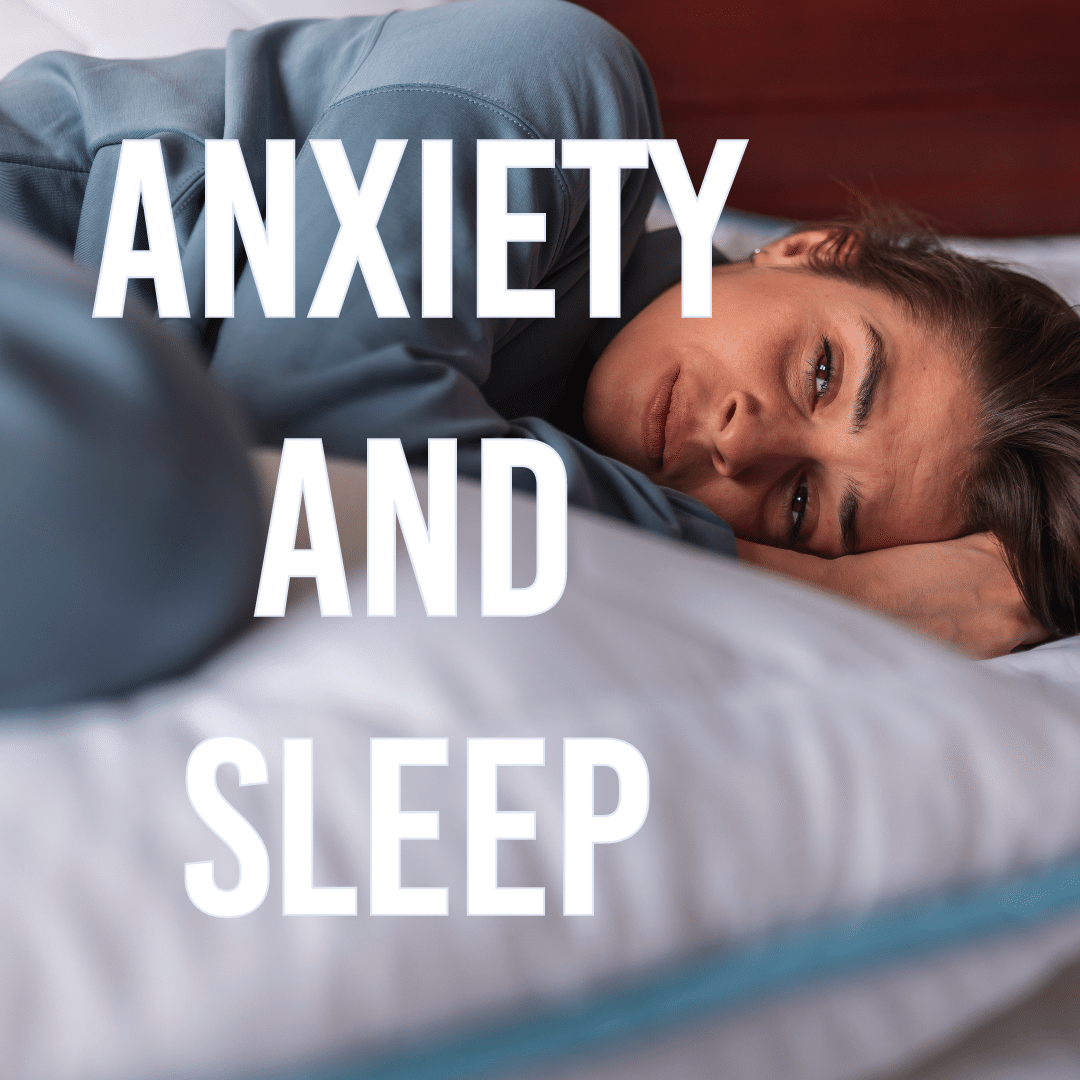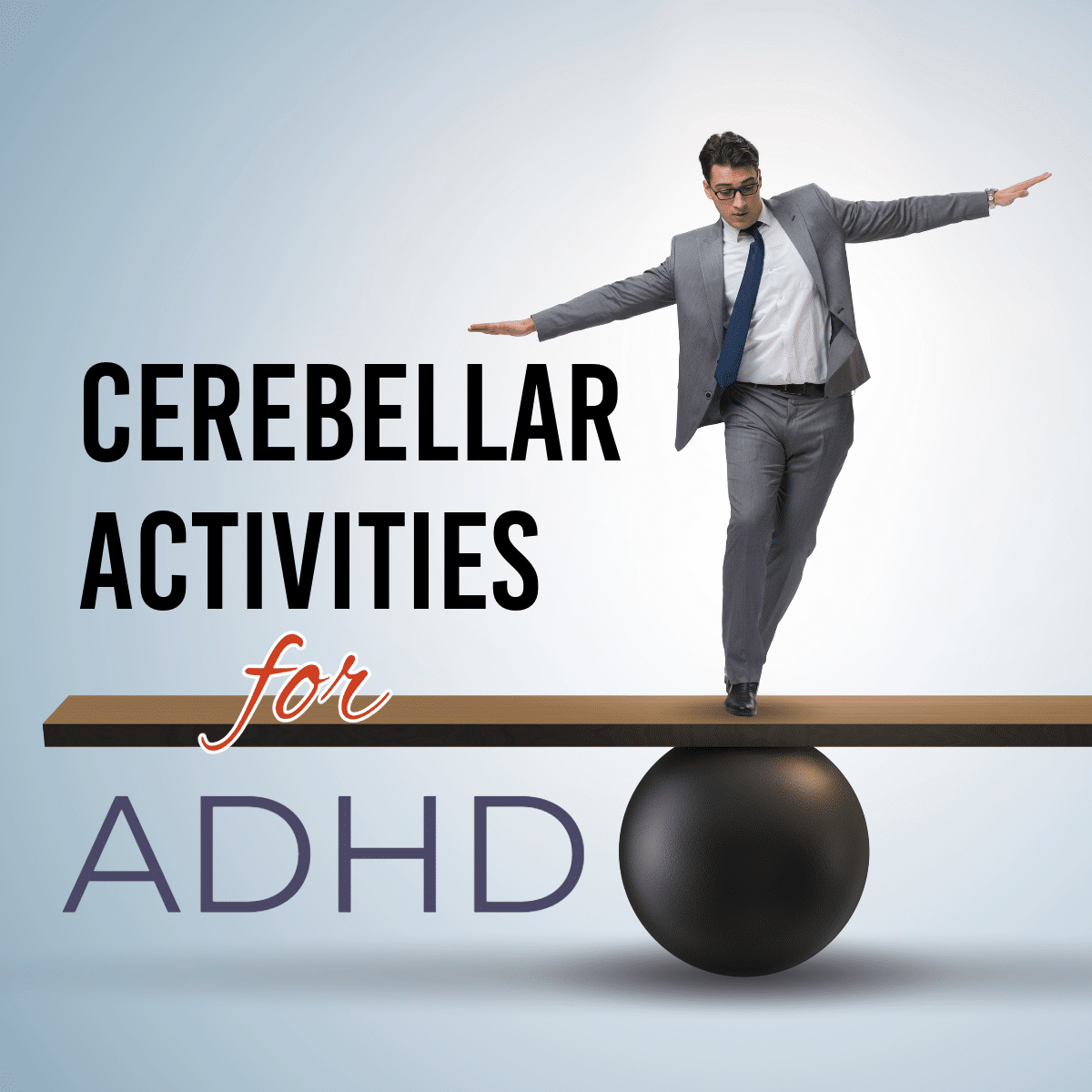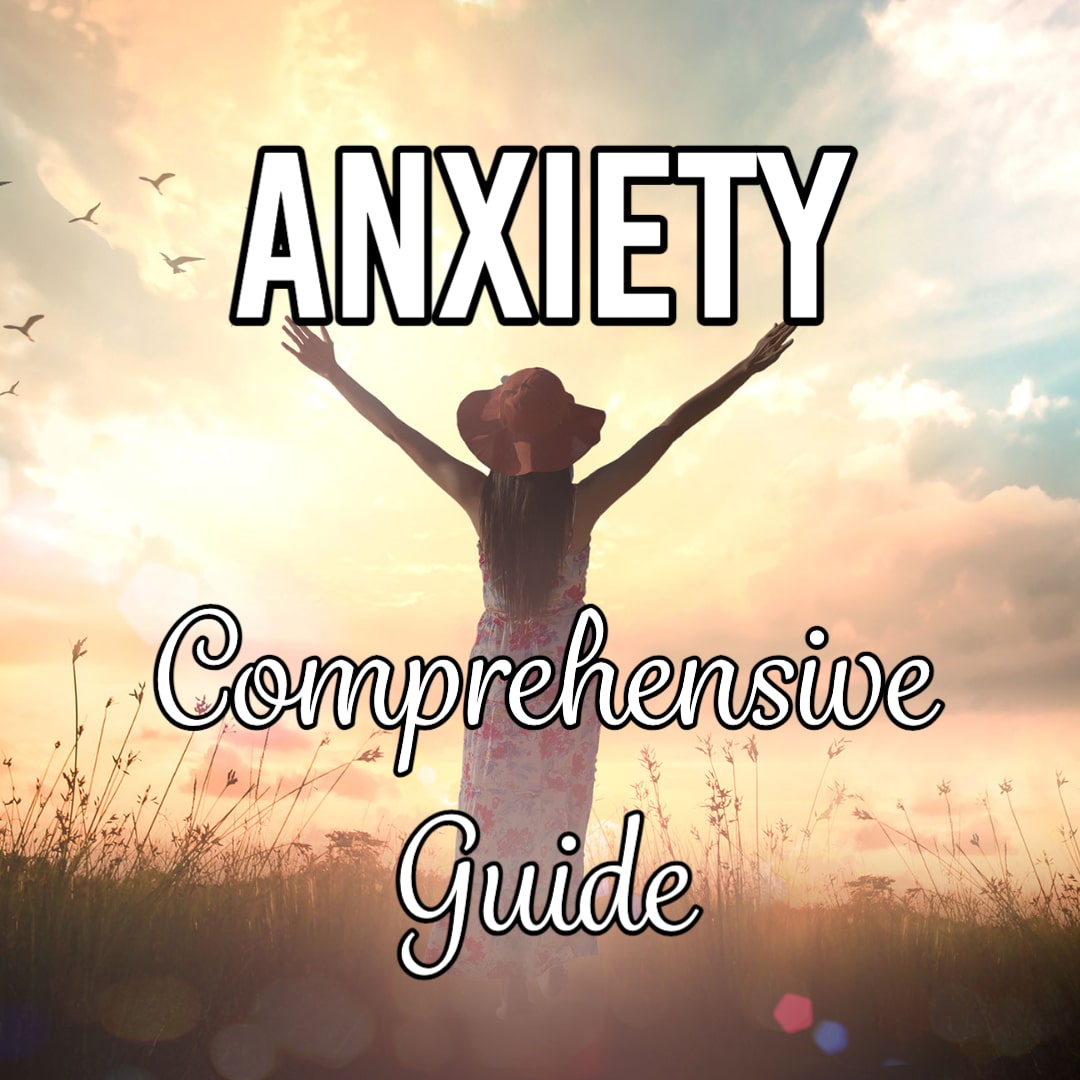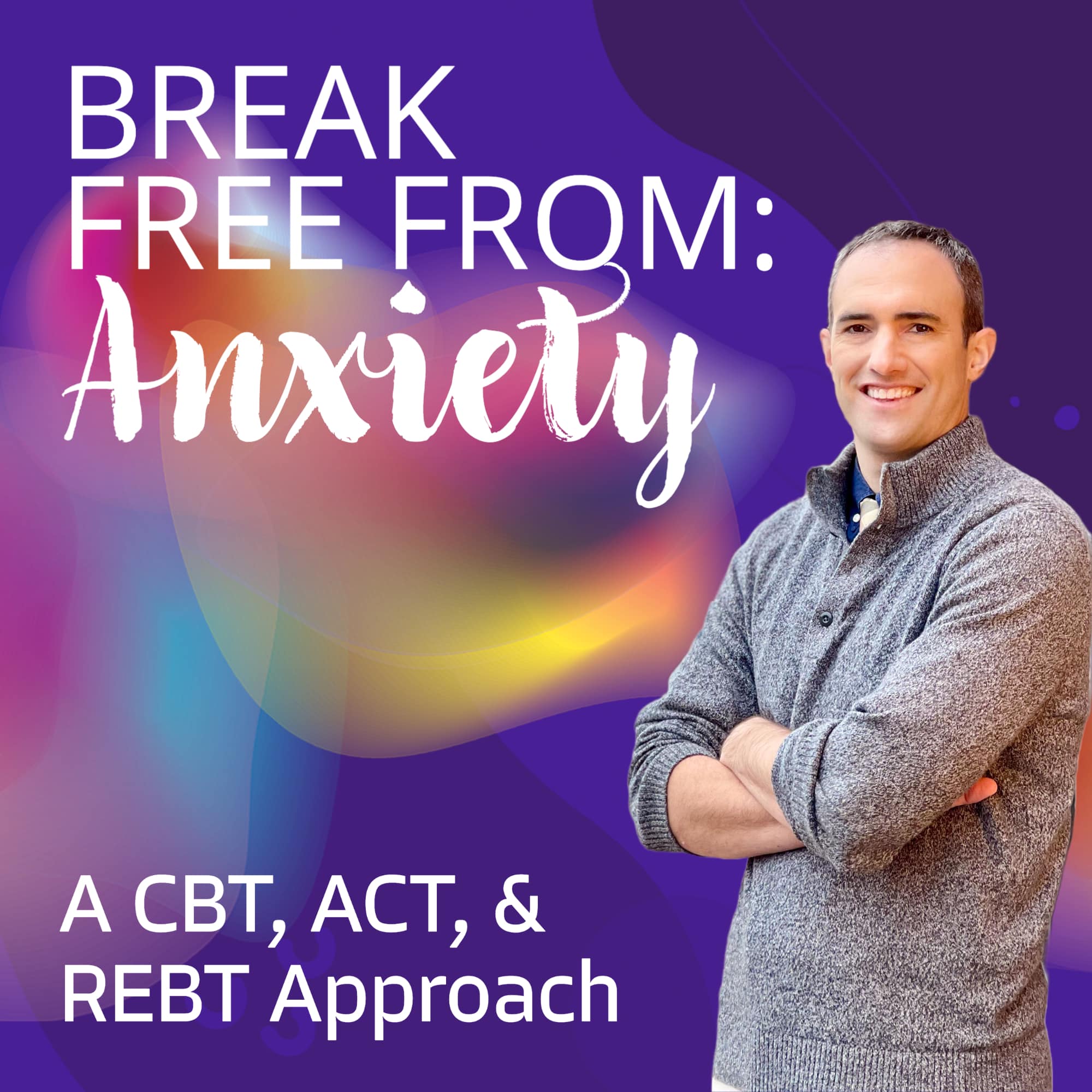Updated CDC guidelines had intended to reverse more restrictive 2016 guidelines pertaining to opioid prescribing for acute and chronic pain.
KEY TAKEAWAYS
- The CDC released updated opioid prescribing guidelines on November 3, 2022, reducing the recommended MME from 90 to 50 for chronic pain treatment, but with less strict language about reaching this limit compared to the 2016 guidelines
- The CDC also removed the recommendation of a 3 day maximum for acute pain, and that tapers should be made more cautiously and slowly depending on the length of time the individual has been taking the prescription
Why does this matter?
The latest CDC guidelines were released on November 3, 2022 pertaining to acute and chronic pain treatment with opioid medications. Even though the proposal included goals to “remove caps” on opioid dosing, the new guidelines continue to have certain blanket dose recommendations, although with less of a policing tone.
In 2016, the CDC set “caps” for opioid prescribing of 90 morphine milligram equivalents. This was a reversal on a policy level to curb the opioid crisis. Even though the guidelines weren’t intended to be a strict cutoff, the authors wrote in a New England Journal of Medicine article in 2019 that the recommendations were misapplied and were wrongly being used to cut off patients or to justify unsafe tapers. Consequently, many doctors and patients say the 2016 guidelines led to a crisis of untreated pain. A 2017 study showed that because of these guidelines 84% of individuals on opioids had more pain and worse quality of life. In March 2022, the CDC proposed doing away with such dosing limits. However, some in the field feel that the limits were actually just cut back from 90 MME to 50 MME. The language, however, is less stringent and leaves more room for patient and clinician best judgement.
Dose Guidelines for Chronic Pain
Dosing for Acute Pain
Tapering Medications
The 2016 recommendations state, “tapers reducing weekly dosage by 10%–50% of the original dosage have been recommended by other clinical guidelines (199), and a rapid taper over 2–3 weeks has been recommended in the case of a severe adverse event such as overdose (30). Experts noted that tapers slower than 10% per week (e.g., 10% per month) also might be appropriate and better tolerated than more rapid tapers, particularly when patients have been taking opioids for longer durations (e.g., for years).” The new guidelines state: “Taper durations might need to be adjusted depending on the duration of the initial opioid prescription” and that health care systems “should ensure that policies based on cautionary dosage thresholds do not result in rapid tapers or abrupt discontinuation of opioids, do not penalize clinicians for accepting new patients who are receiving opioids for chronic pain, and do not provide incentives to clinicians to implement rapid tapering.”
Resources
2016 CDC Guidelines:
https://www.cdc.gov/mmwr/volumes/65/rr/rr6501e1.htm
2022 CDC Guidelines:
https://www.cdc.gov/mmwr/volumes/71/rr/rr7103a1.htm
Transcription
Host: The CDC has updated its guidelines. These are guidelines for doctors who prescribe opioids. There are twelve new recommendations that focus on both long and short term pain, and they include advising doctors against abruptly stopping opioid prescriptions or rapidly reducing a patient’s doses. The CDC also no longer suggests trying to limit opioid treatment for acute pain to three days. Now, could this make the opioid crisis inadvertently worse? Dr. Bruce Bassi is an addiction psychiatrist and medical director and founder of Tele Psych Telepsych Health. Thank you, Dr, for being with us. I totally get because I remember we did many, many stories on it, that as the opioid crisis got worse in this country, there was a clamp down, as you well know, and it made it difficult for people who genuinely needed pain relief, often to get the amount of pain relief that their doctors felt they needed. So in the sense of it loosening up, that’s probably a good thing. But it’s kind of a tricky problem, isn’t it? Because by making it a little bit looser or maybe a lot looser, does that open the door potentially for going right back to the situation that we’ve had for the past few years?
Bassi: Well, the guidelines themselves are pretty comprehensive. They’re close to 60 pages long. So while it’s easy to boil it down to a quick snippet, they don’t actually just completely disregard dosage entirely. This has been a change from the 2016 guidelines that people mostly thought were way too restrictive in regard to the morphine milligram equivalent dosing of 90 milligrams that they set as a cap, so to speak. And above that, people needed to do additional steps if they were going to continue prescribing. So now they have gone away with that cap, but they still state that the dosage should be considered to be — it has reducing impact above 50 milligrams. And so they still do state that there actually is a cap, but they are less strong and have less of a policing tone in their guidelines.
Host: I was going to say they’re also advising against abruptly stopping opioid prescriptions. Is that a good idea?
Bassi: Right. They take a more individualized approach when making the recommendations, and they distinctly state that the guidelines are not intended to be an inflexible, rigid standard of care. Rather, they’re supposed to be guideposts to inform clinical-patient decision making. So they really are trying to state that while these are guidelines, everybody has their own individual usage and the dose requirements for opioids differ depending on the diagnosis of what you’re actually using it for, what type of pain condition. So they recognize that they don’t want to make a blanket statement anymore.
Host: I started off the segment by saying that for some people, maybe many people who really did need effective pain management with opioid medication, that the situation has been somewhat unpleasant the past few years because of the concern about abuse. How bad has it been?
Bassi: Well, that’s correct. So there was a study that showed about 84% of people who were taking opioids and had chronic pain actually had worse pain and worse quality of life. And that was from a 2017 study that showed that the pendulum had swung entirely the other direction. And physicians were very paranoid about prescribing above that 90 milligram mark. And so they just abruptly stopped the medications for a lot of individuals and they had worse pain and they felt like they were being punished because they couldn’t be seen in that practice anymore because they “broke the guideline.”
Host: In the end, how far will these measures go towards dealing with the problem, the opioid addiction problem we have in this country?
Bassi: That’s a very good question. There’s some impact that these have for a few years after they come out, but ultimately I think that the CDC does take into consideration public comment and comment from expert opinion, but we still don’t have a lot of data and the guidelines do call for more data to be researched on these issues. So the dosage measure is just one metric in terms of risk factors for overdose. There’s other risk factors for overdose that I think future subsequent editions of the CDC needs to include, such as mental illness, prior patient admission, etc.
Host: Alright, Dr. Bassi. Thank you again. That’s Dr. Bruce Bassi. Addiction psychiatrist, medical director and founder of TelepsychHealth.
If you are struggling with substance or alcohol use, depression, or anxiety, intensive outpatient may be right for you. Contact us at (888) 730-5220 or contact us to begin the process of healing today!

 Bruce Bassi
Bruce Bassi





